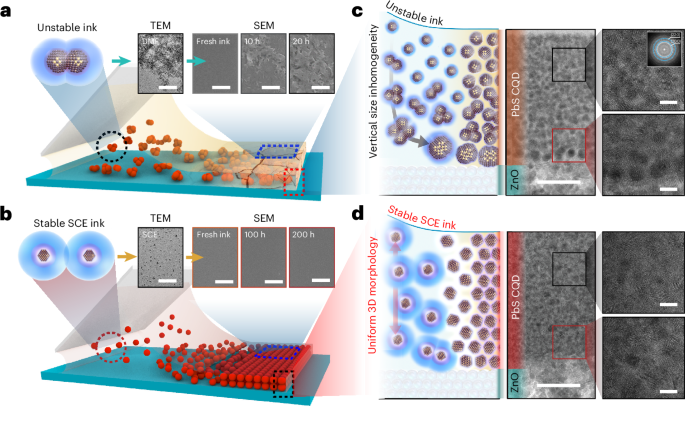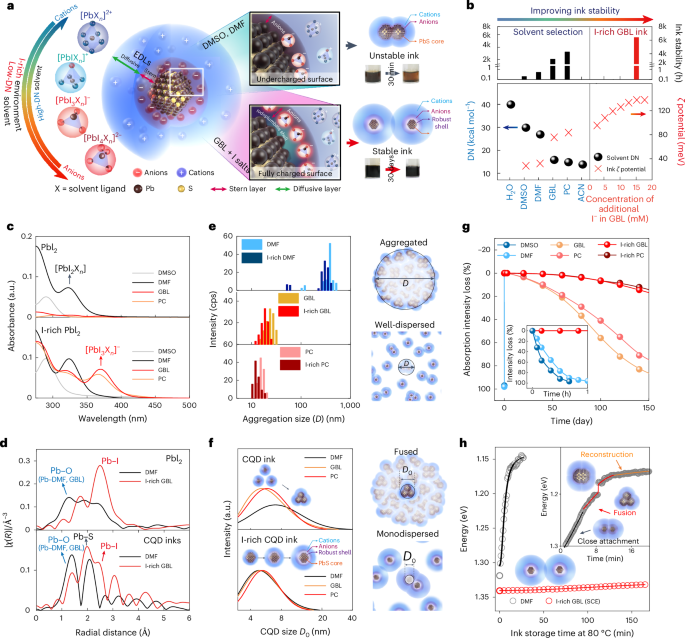Nanomaterial‐Enhanced Biosensing: Mechanisms and Emerging Applications
Advanced Healthcare Materials, EarlyView.

Nanomaterial integration transforms biosensor capabilities through enhanced signal transduction, sensitivity, and selectivity. This review analyzes how nanoscale materials—from nanoparticles to nanosheets—leverage unique physicochemical properties to revolutionize electrochemical, optical, and electrical biosensing. Current challenges and future directions are examined, highlighting nanomaterial-enhanced biosensors' potential to transform healthcare and environmental monitoring.
Abstract
Biosensors serve as indispensable analytical tools in biomedical diagnostics, environmental monitoring, and personalized healthcare, offering operation simplicity, cost-effectiveness, high sensitivity, and portability. Nanostructure integration has overcome traditional sensing platform limitations, particularly in sensitivity and response dynamics. These nanoscale materials—including nanoparticles, nanowires, nanosheets, and nanotubes—leverage unique physicochemical properties such as high surface-to-volume ratio, quantum confinement effects, and plasmonic interactions to enhance biosensor performance significantly. This review systematically analyzes recent advances in nanostructure-based biosensing technologies, examining how nanomaterial engineering improves sensor sensitivity, selectivity, and multifunctionality. Fundamental mechanisms are explored by which nanostructures enhance electrochemical, optical, and electrical biosensor performance, emphasizing low-abundance biomarkers in complex biological matrices. Beyond technological innovations, practical applications are evaluated across healthcare and environmental monitoring. Finally, current challenges and outline future research directions, highlighting these technologies' potential are addressed to transform diagnostic capabilities and healthcare outcomes.













































































































































































.jpg)





